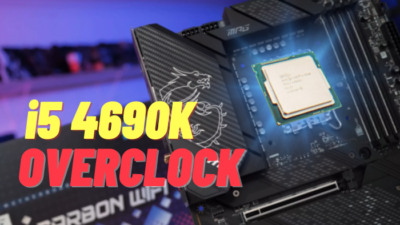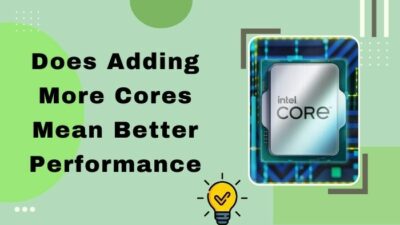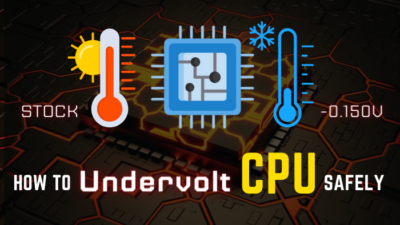The CPUs are evolving drastically in every generation, and upgrading the processor is a top priority to keep up with the times.
Changing the CPU in a desktop computer is a simple task. But for a laptop, the technology is yet to come.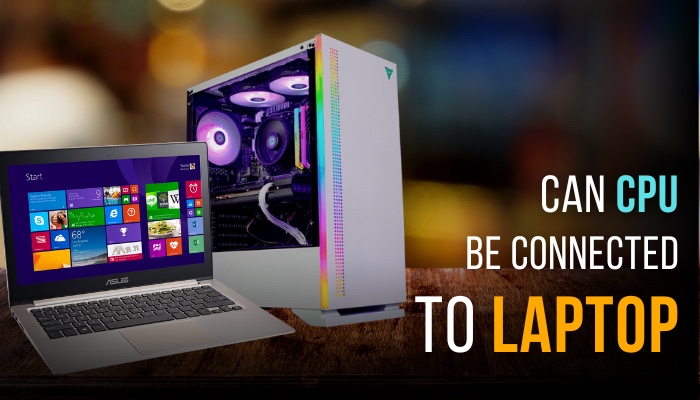
But is it possible to connect a better CPU without replacing my laptop? Well, here. I’ll discuss the topic and tell you ways to unleash the full CPU potential.
So, let’s begin.
Can I Connect a CPU to a Laptop?
No, you can’t directly connect a CPU or processor to a laptop. The laptop processors are integrated into the motherboard and soldered permanently on the board. The CPUs are irreplaceable, and there are no necessary ports to connect an external processor.
Similarly to the desktop motherboard, the laptop components are connected very closely to the motherboard. And for crucial parts like the processor, they have soldered the CPU to the motherboard to reduce space and better portability.
The manufacturer has placed the CPUs in different places and made separate processors for each.
A laptop only has VGA/ HDMI output ports, but no input. The laptop’s architectural design doesn’t provide the required input system or ports to connect a second processor.
The CPU structural design and connection type is different in laptop and desktop. The desktop CPUs are square, while the laptop CPU is rectangular.
Apart from the size comparison, they don’t match in terms of power consumption, efficiency, ports, and connectivity methods.
So, it’s impossible to establish a direct connection between a CPU and a laptop or replace your current laptop processor with a new one.
However, if the CPU is attached to a PC, then you can connect the computer and use your laptop as a monitor. The following passage will provide the process to connect a PC and a laptop.
How to Connect a PC to a Laptop
To connect a PC or desktop computer to a laptop, you can use the built-in Windows Remote Desktop Protocol. It allows you to access and use the contents of the desktop PC from your laptop via an ethernet cable or with the same wireless network.
With this process, you can use your laptop as a monitor, and the desktop PC as the primary system. It helps you connect a more powerful CPU and rig to your laptop and extract better output than your laptop.
Also, a monitor is a must for the PC. But in some cases, if the monitor breaks, or you don’t have one, connecting to the laptop will benefit you.
Before starting the connection process, you must ensure both devices are connected with an ethernet cable or joined in the same wireless network.
Here are the processes to connect a PC to a laptop using the Remote Desktop Protocol:
- Press the Windows button on the desktop PC and search Remote desktop settings.
- Turn on the Enable Remote Desktop option.
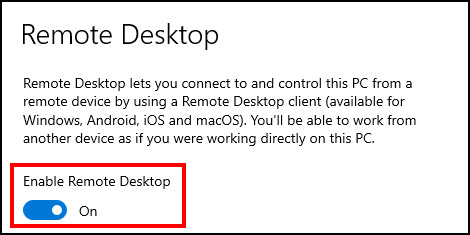
- Open the command prompt and type ipconfig.
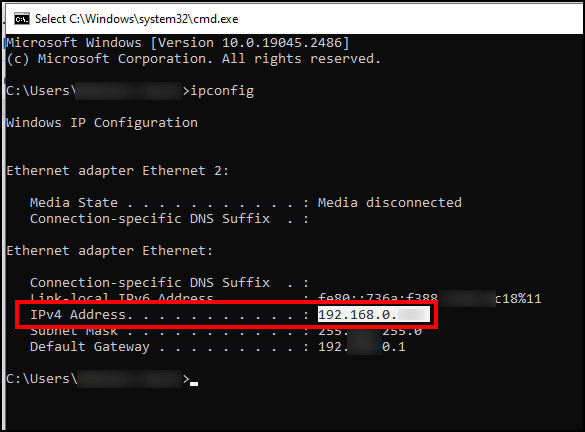
- Remember the IPv4 Address.
- Navigate to your laptop and open Remote Desktop Connection.
- Type the desktop PC’s IPv4 Address and press Connect.
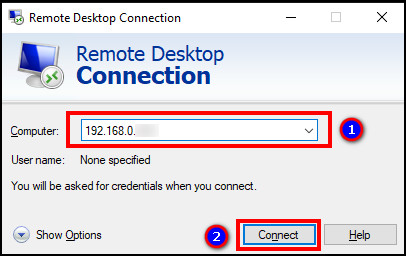
- Provide your credentials and click OK.
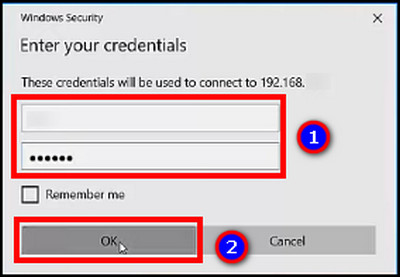
Now, you’ll be able to see the contents and use the desktop PC from your laptop.
Frequently Asked Questions
Is it possible to connect a CPU to a laptop?
No, it’s not possible to connect a CPU or processor directly to a laptop, cause there’s no socket or port that supports external CPU.
Can I replace the CPU in the laptop?
No, the CPU in the laptop is soldered onto the motherboard, and it isn’t possible to replace it.
Can I connect the CPU to the laptop with an HDMI cable?
No, the HDMI port in the laptop is an output port. You can’t use an input method via the HDMI cable.
Conclusion
The laptop is better for portability and efficiency, and that leaves the option to change the CPU in it.
Till today, replacing a CPU in a laptop isn’t possible. But you can use an alternative way to connect an external PC with a better CPU to your laptop and experience better performance.
The above article has explained everything, and if you find it helpful, don’t forget to comment in the box below.
Cheers!

